In Sanskrit, 'baka' means 'crane'. Bakasana is interchangeably called as Crow Pose and Crane Pose. However, both are two different poses. In Crow Pose, the elbows are bent; in Crane Pose, the hands are straight. The pose we are about to see today is Parsva Bakasana. 'Parsva' in Sanskrit means 'side'. Since elbows are bent in this pose, it is right to call it Side Crow Pose.
As mentioned for Crow Pose, performing Side Crow Pose strengthens hands. The pose stimulates Svadhittana and Manipura chakras. Hence, the body is energized and adaptability to situations improves, self-confidence develops and the determination to follow your mind's path is increased.
Other Benefits of Side Crow Pose
- The pose strengthens shoulders, hands and wrists.
- It increases spine flexibility.
- It strengthens back muscles.
- Improves digestion
- The pose improves functions of abdominal organs.
- It promotes balance of body and mind.
- The pose improves focus.
- It strengthens your determination to face challenges in life.
Instructions
- Stand straight.
- Lower your hips to the floor.
- Turn your torso to your right and place your hands slightly forward on the outside of your right leg. The fingers should be wide apart. Knees should be close to each other.
- Bend your elbows slightly, place the outer side of your right thigh (close to right knee) on the upper arm of the bent left hand.
- Lift your legs slowly with your toes on the floor.
- Shift the weight of your body slightly forward.
- With the palms firmly on the floor, lift both the legs off the floor. Now your left hand will be balancing your body's weight.
- Hold the pose for 20 seconds. Then, place the legs on the floor and come to standing position. Repeat the same turning to your left.
Note
Those with chronic issues in shoulders, knees, wrists and hips should refrain from practicing the pose. The pose is also not recommended to those with spinal issues.
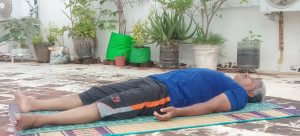
Yoga Pose for Day 48 – Rest Pose (Savasana)
Today's Pose is called Savasana in Sanskrit. 'Sava' means 'corpse' in Sanskrit. Since the practitioner lies down on the mat sans movement, the pose is named thus. However, I prefer to call it Rest Pose.
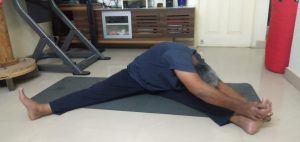
Yoga Pose for Day 46 – Side Seated Angle Pose (Parsva Upavistha Konasana)
In Sanskrit, the term 'parsva' means 'side', 'upavistha' means 'seated' and 'kona' means 'angle'. Since the pose involves stretching your legs sideways at an angle it is named thus. Side Seated Angle Pose
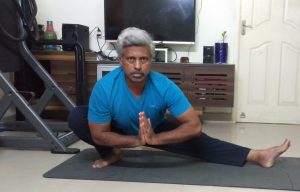
Yoga Pose for Day 45 – Extended Leg Squat Pose (Uthita Namaskarasana / Uthita Malasana)
The term 'uthita' in Sanskrit means 'to stretch' and 'namaskara' means 'salutation'. The pose can also be considered a version of Garland Pose. It is also called Half Garland pose. Extended Leg Squat Pose stimulates Root Chakra
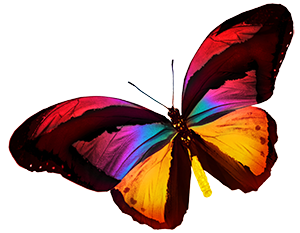

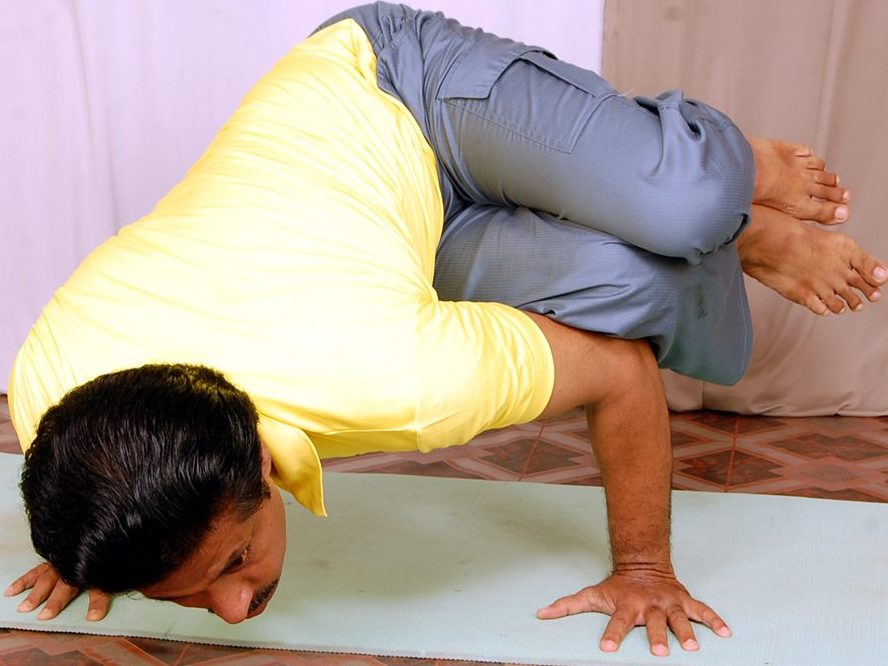
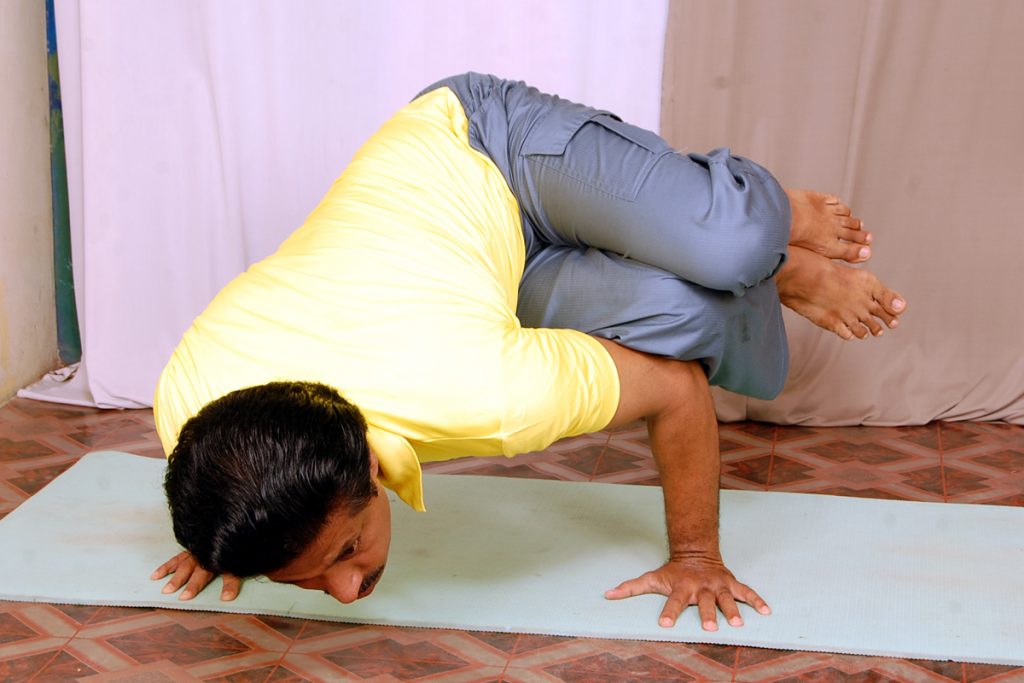
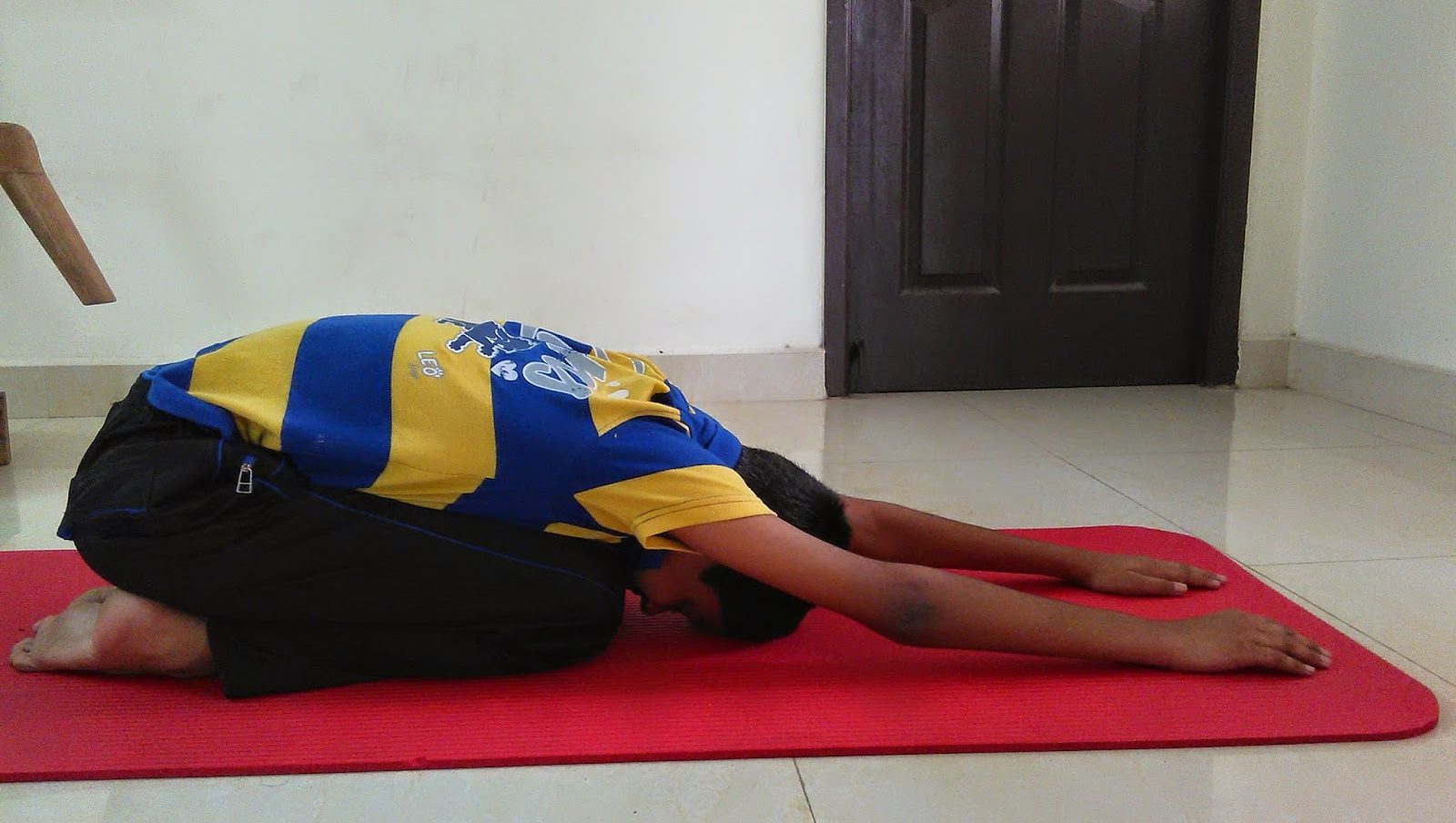
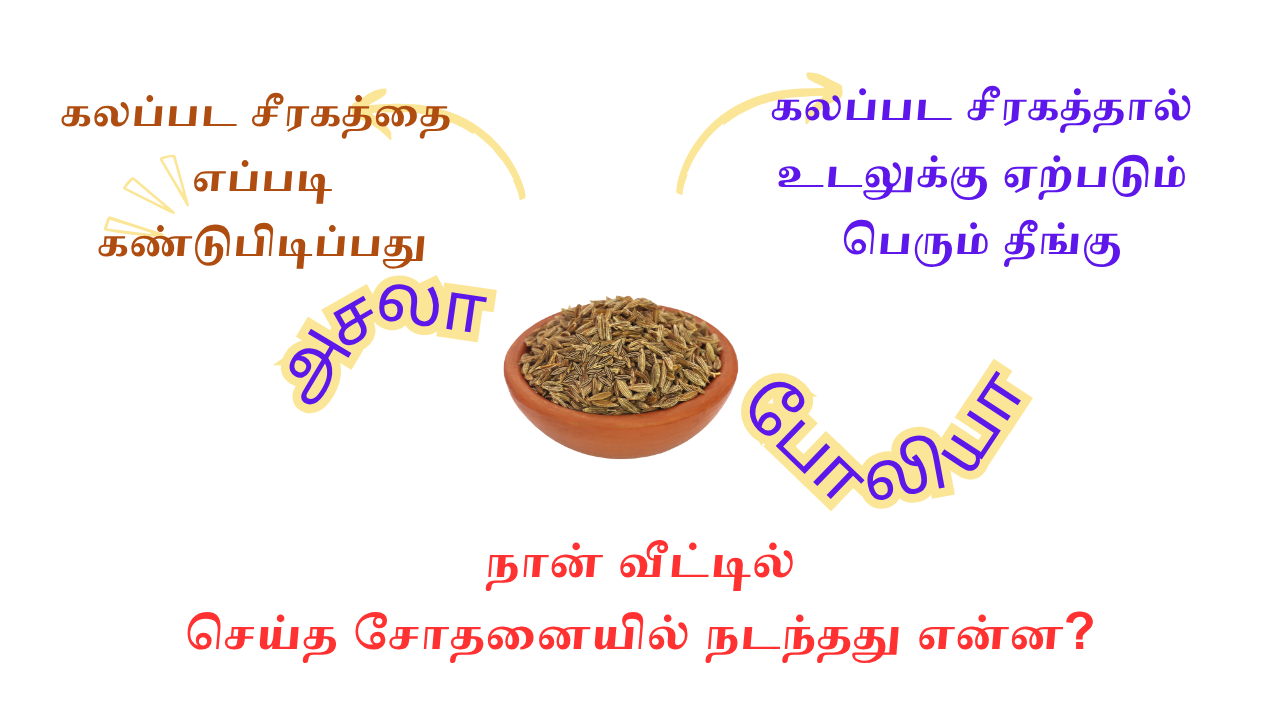
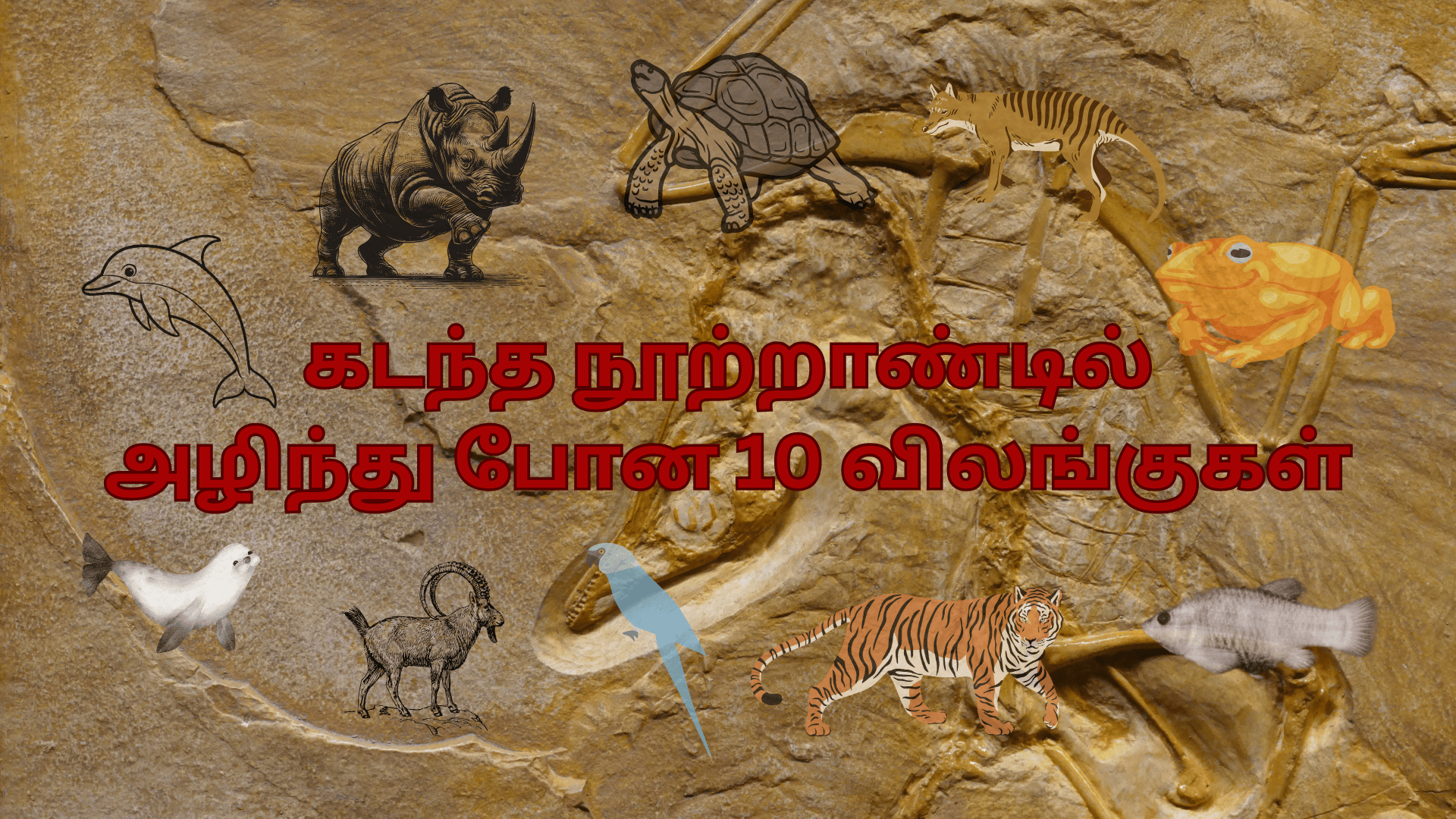
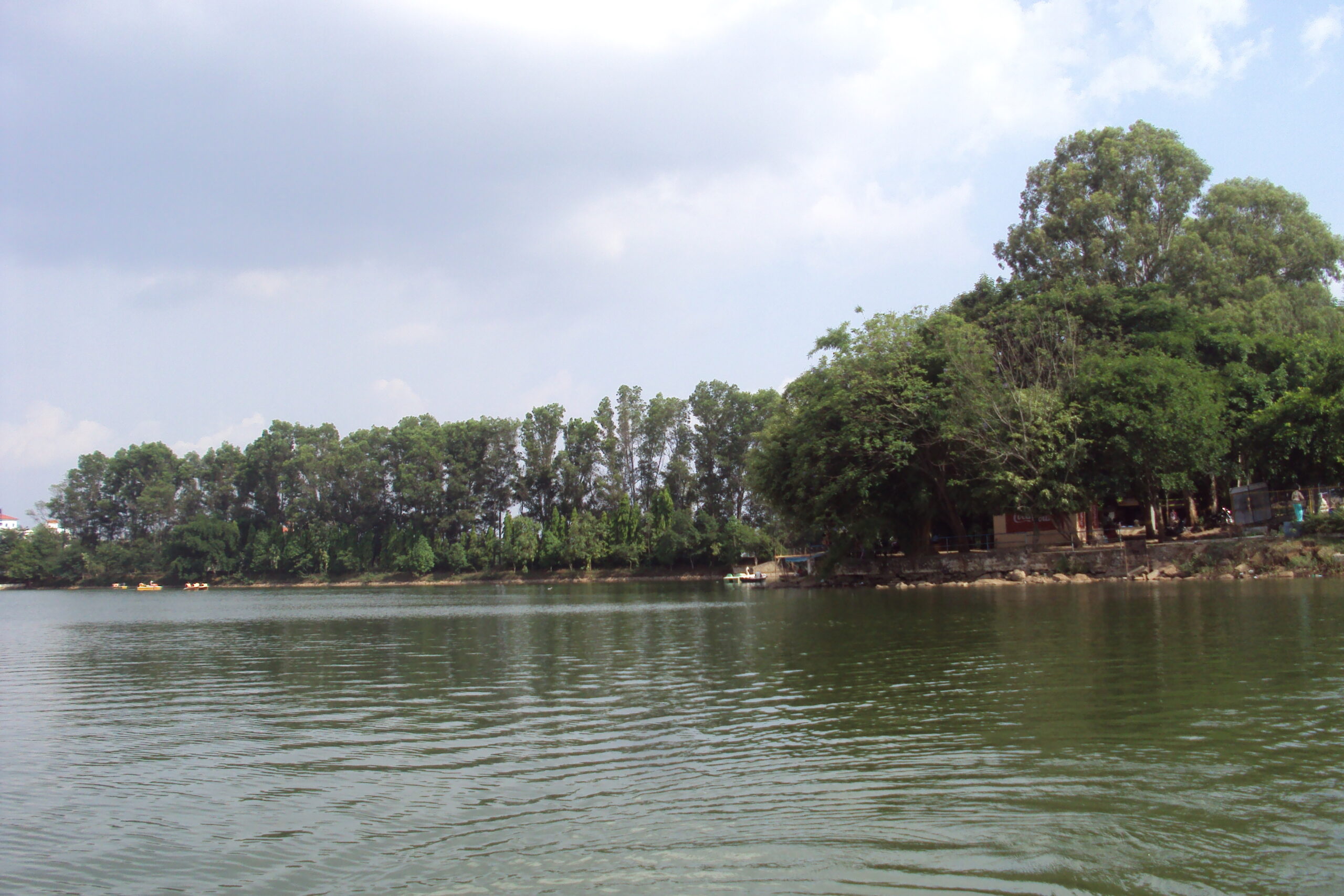
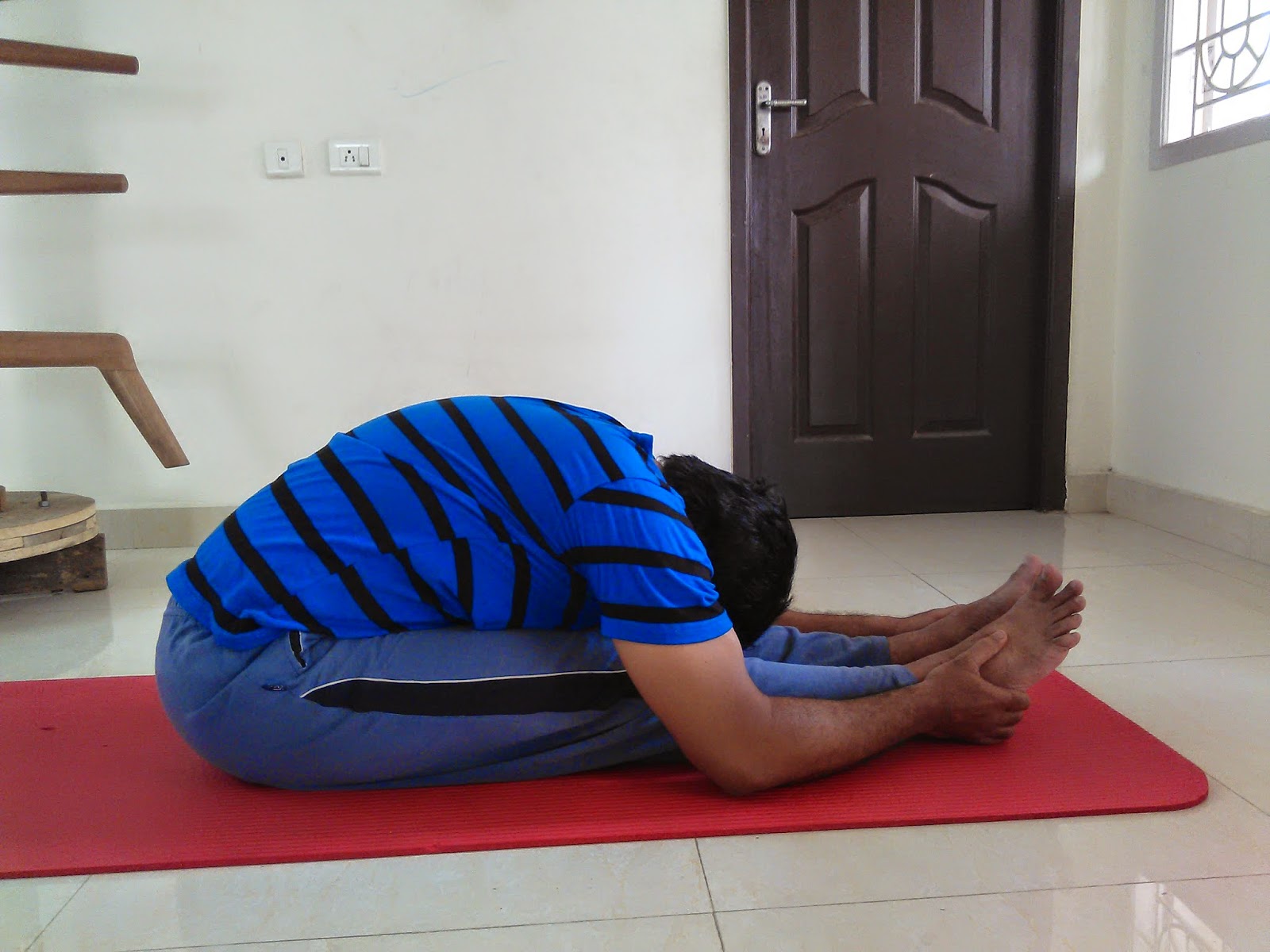
2 responses
Clear explanation! Nice job!
Many thanks. Thanks for visiting the site.